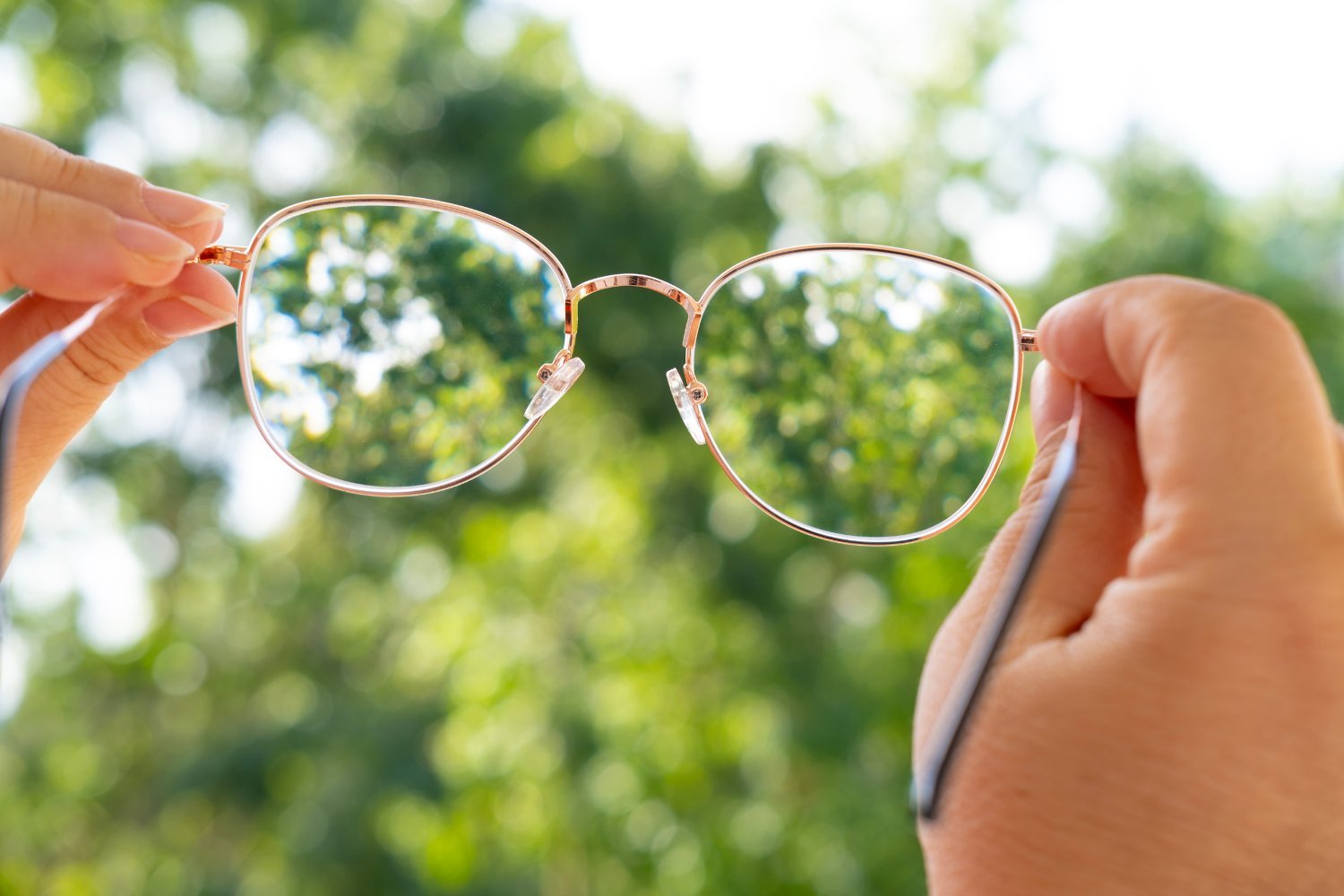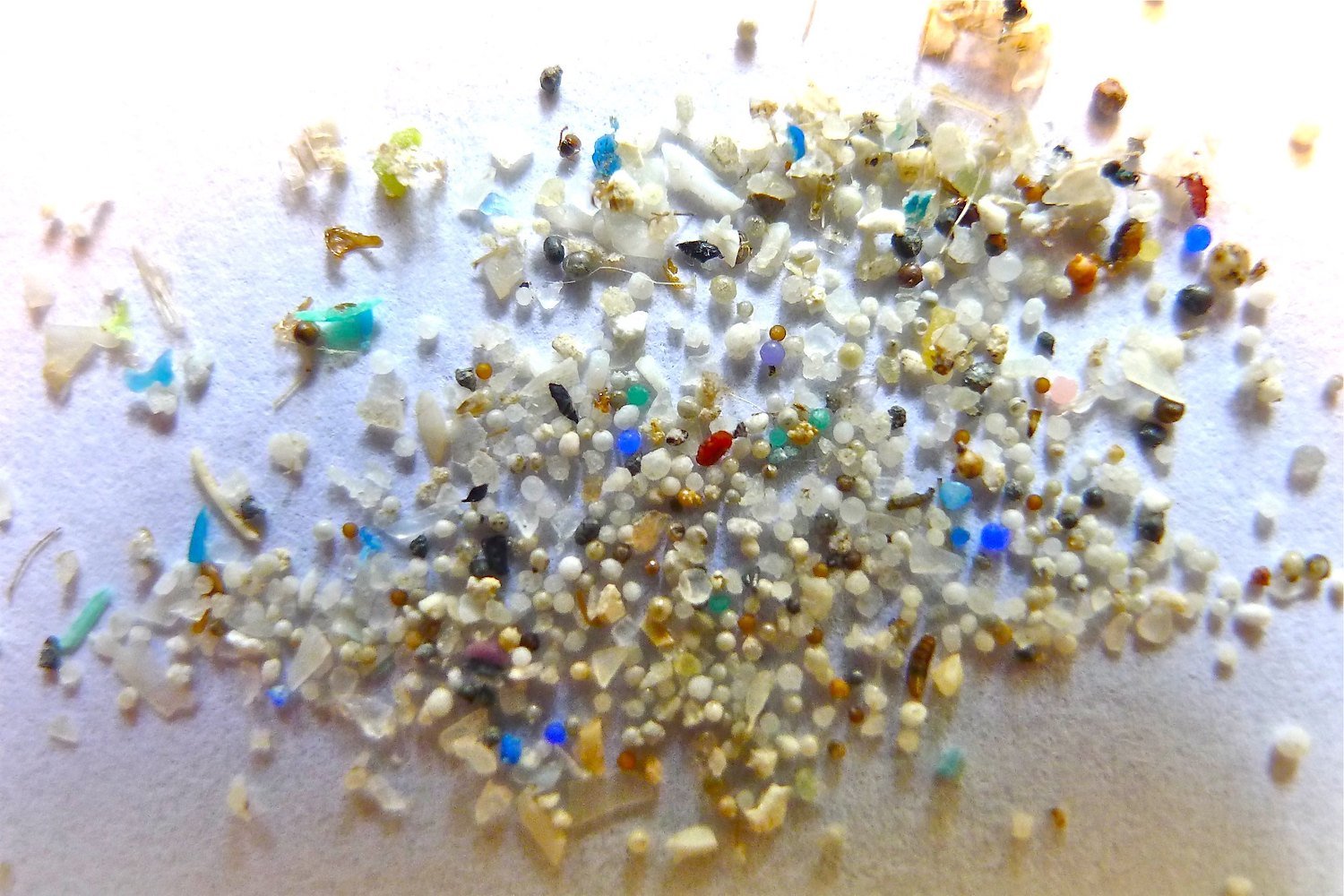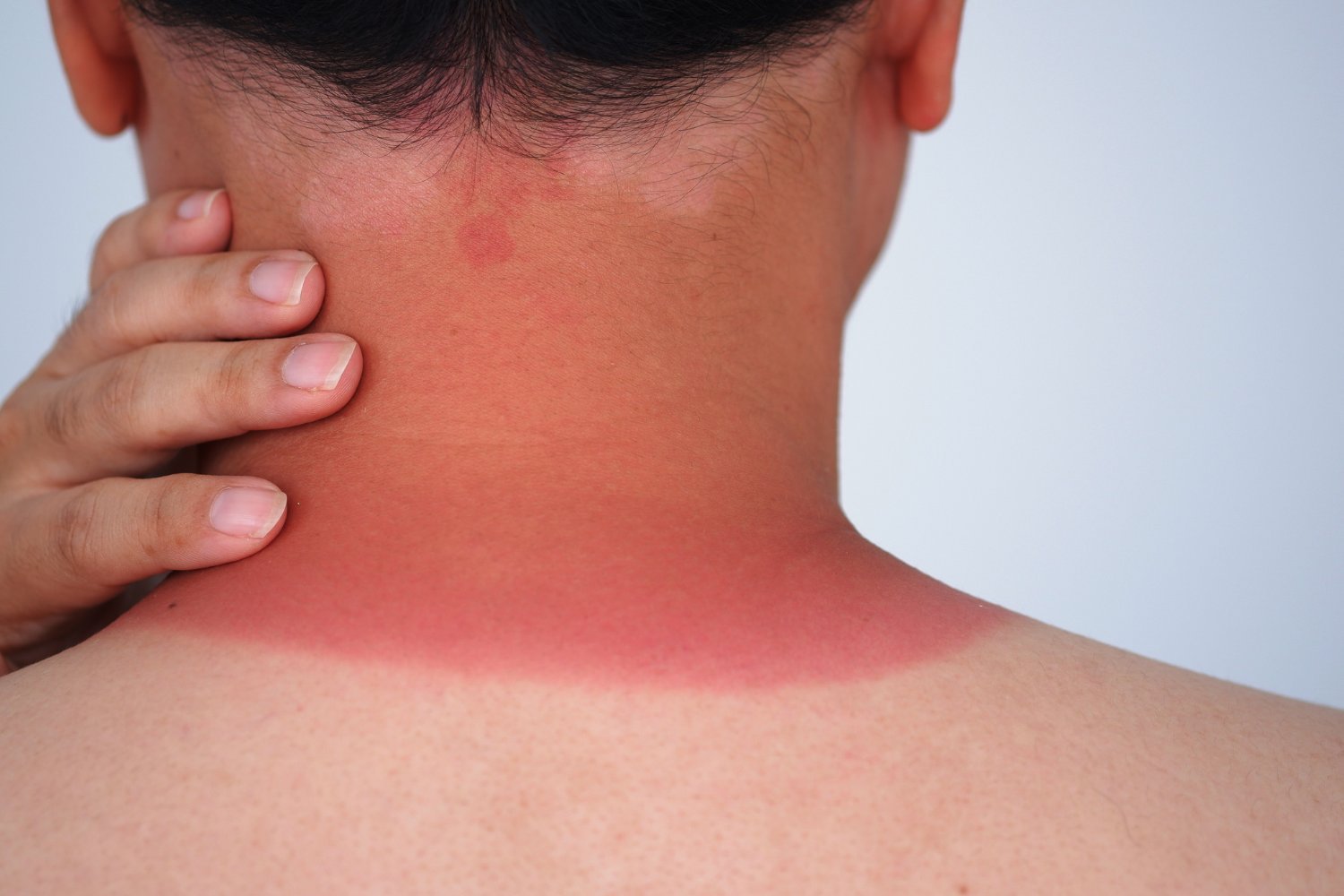Nearsightedness, or myopia, is increasingly common among children and adolescents worldwide, a trend further amplified by the COVID-19 pandemic. Recent research reveals a concerning rise in myopia prevalence, emphasizing the need for proactive measures to safeguard children’s eye health.
Myopia affects a substantial portion of young people globally, impacting their learning, daily activities, and long-term eye health. This escalating issue demands attention and effective strategies to mitigate its effects.
Myopia on the Rise: A Global Analysis
A comprehensive study published in the British Journal of Ophthalmology paints a stark picture of increasing myopia rates. Researchers analyzed over 270 studies spanning 50 countries and involving 5.5 million children. Their findings indicate a steady rise in myopia prevalence, from 24% between 1990 and 2000 to approximately 36% between 2020 and 2023.
This global trend exhibits variations across demographic groups:
- Geographic location: East Asia shows higher myopia prevalence compared to other regions.
- Age: Older children (high school students) have higher rates than younger children.
- Gender: Girls are more affected than boys.
COVID-19 Pandemic Fuels the Fire
The study reveals a concerning acceleration of myopia rates since the onset of the COVID-19 pandemic in 2020. Researchers attribute this surge to increased screen time and reduced outdoor activity resulting from pandemic-related restrictions. While evidence linking these factors to myopia remains underreported globally, the correlation warrants further investigation.
The Impact of Myopia on Children
Untreated myopia can significantly hinder a child’s development and well-being. It can impede learning, affect daily tasks like driving, and increase the risk of serious eye conditions such as retinal detachment, cataracts, and glaucoma. Although myopia tends to stabilize in adulthood, early intervention and corrective measures are crucial to prevent long-term complications.
Addressing the Myopia Epidemic
Several countries have implemented initiatives to combat childhood myopia, including increasing outdoor time during school hours. While these efforts are promising, the projected increase in myopia prevalence necessitates further action. The researchers estimate that by 2050, nearly 40% of children and adolescents globally—a staggering 740 million individuals—will be affected by myopia.
Protecting Children’s Eyesight: A Call to Action
The rising tide of myopia demands a global commitment to protecting children’s eye health. Further research, proactive interventions, and increased awareness are crucial to mitigate the impact of this growing epidemic. By prioritizing children’s vision, we can ensure a brighter future for generations to come.
Conclusion
The escalating global prevalence of myopia in children, further exacerbated by the COVID-19 pandemic, presents a significant public health challenge. Addressing this issue requires a multi-pronged approach, encompassing research, preventative measures, and increased public awareness. By working together, we can safeguard children’s vision and empower them to reach their full potential.











